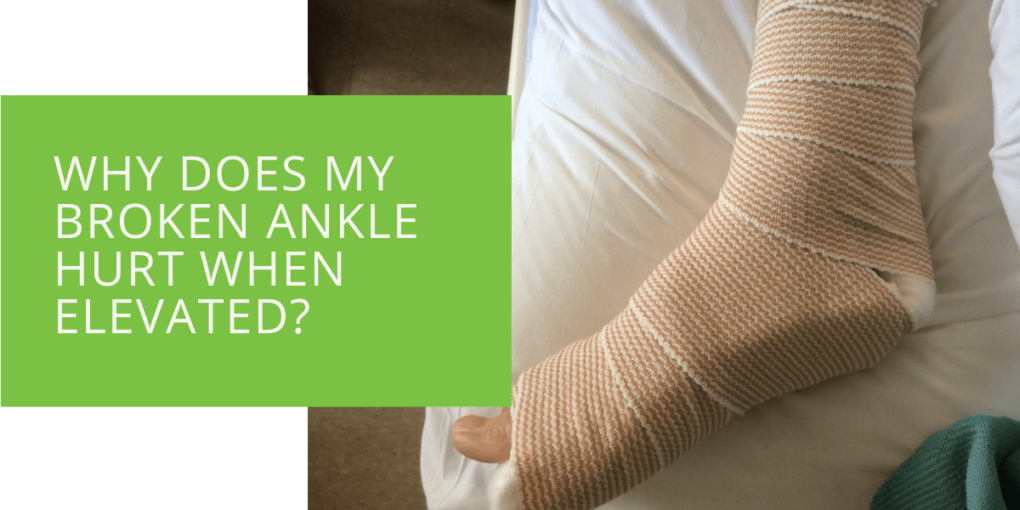Why Does My Broken Ankle Hurt When Elevated?
Breaking an ankle can be a traumatic experience. It can be a long and difficult road to recovery. Pain is one of the most common symptoms of a broken ankle, especially when you try to elevate it. But why does a broken ankle hurt when elevated, and what can you do to alleviate this pain? In this article, we will explore the reasons behind this phenomenon and offer tips and treatment options to help you on your road to recovery.
What Is a Broken Ankle?
Before diving into why a broken ankle can hurt when elevated, let's first understand what a broken ankle is. A broken ankle, also known as an ankle fracture, occurs when one or more bones in the ankle joint break. This can happen due to a fall, a sports injury, or any other type of trauma to the ankle.
Symptoms of a Broken Ankle
A broken ankle can cause a range of symptoms, including:
- Pain
- Swelling
- Bruising
- Difficulty bearing weight
- Limited range of motion
- Deformity of the ankle
- Numbness or tingling in the foot or toes
Why Does a Broken Ankle Hurt When Elevated?
One of the most common complaints of people with a broken ankle is a pain when they try to elevate it. This can be a frustrating and uncomfortable symptom, especially since elevating the ankle is often recommended as part of the healing process.
There are a few reasons why a broken ankle can hurt when elevated:
- Swelling: When you elevate your ankle, it may cause blood and fluid to pool in the area. This can lead to increased swelling and pressure, which can cause pain.
- Muscle tension: When you elevate your ankle, your leg and foot muscles may tense up to maintain your balance. This tension can cause discomfort and pain.
- Improper positioning: If you are not elevating your ankle correctly, it may pressure the wrong areas of the foot and ankle. This can lead to pain and discomfort.

Tips and Treatment Options
If you are experiencing pain when you elevate your broken ankle, there are several things you can do to alleviate this discomfort:
- Wear a boot or cast: Your doctor may recommend a special boot or cast to immobilize your ankle and help it heal. This can help reduce pain when you try to elevate your ankle.
- Elevate your ankle correctly: Make sure you are elevating your ankle correctly by placing a pillow under your ankle and keeping it at the level of your heart. This can help reduce swelling and pain.
- Take pain medicine: Over-the-counter pain medication can help reduce pain and discomfort.
- Use ice packs: Applying ice packs to your ankle for 20 minutes can help reduce swelling and pain.
- Use a compression cloth or elastic bandage: Wrapping your ankle with a compression cloth or elastic bandage can help reduce swelling and support your ankle.
- Use crutches: If you have difficulty bearing weight on your broken ankle, crutches can help take the pressure off your ankle and reduce pain.
- Ask your doctor about exercise: Once your broken ankle has healed sufficiently, your doctor may recommend exercise and physical therapy to help you regain strength and range of motion in your ankle.
When to See a Specialist
If you are experiencing severe pain when you elevate your broken ankle, or if your symptoms are not improving with at-home treatment, you may need to see a specialist. Your doctor may refer you to an orthopedic or foot and ankle specialist for further evaluation and treatment.
Conclusion
If you are experiencing pain when elevating a broken ankle, it could be due to various factors such as swelling, improper positioning, or nerve damage. It is important to seek medical attention and follow your doctor's instructions for proper treatment and recovery. You can reduce pain and prevent future complications by taking the necessary steps to heal your ankle.

